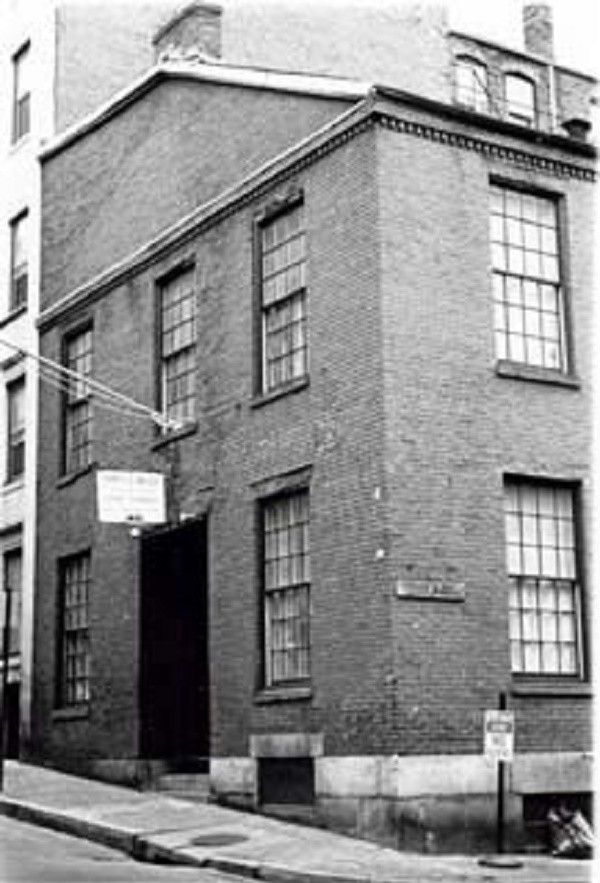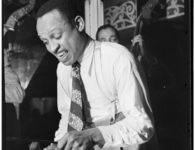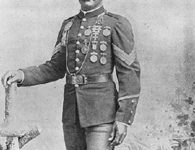Founded in 1835 in Boston, Massachusetts, the Abiel Smith School has its roots as a school for Black children. It was heavily affiliated with the African Meeting House, at times known as the First African Baptist Church, the First Independent Baptist Church, and the Belknap Street Church.
Black Education Pre-Abiel Smith School
The concept of the school was started in 1798. Classes were originally held in the home of Revolutionary War veteran and pillar of the Black community, Primus Hall. When the African Meeting House was built, classes were moved to the basement. Boston’s Black community worked diligently to get public and financial support for a proper school for its youth in the decades that followed.
The city of Boston gave some funds to keep education efforts running. It wasn’t until a white philanthropist by the name of Abiel Smith passed that the dream became a reality. In his will, he left Boston $4,000 to setup the school with the intent it be used to teach the city’s Black youth.
Founding and Growth
British architect Richard Upjohn designed the school as his first public works project. He would go on to work on several churches using the Gothic Revival-style churches. Completed in 1835, the city’s Black children were assigned for the Abiel Smith School. This would mark progress from classes being held in the African Meeting House’s basement.
While there was now a proper building for the school, conditions were below average. As a result, there was a push by Black parents to bring the school up to the same standards as white schools. Abolitionist and President of the Massachusetts General Colored Association, Thomas Dalton was instrumental in a push for supportive representatives on the school board.
The expectation was that having political allies would result in both ready assistance for the Abiel Smith School. There was also a larger goal of schools integration. Dalton’s goal for integration was achieved 20 years after the opening of the school.
Today
Following the Civil War, Boston saw more Black people settle in the city. More schools and churches being built and the population spread out. With Blacks moving elsewhere in Boston, the Abiel Smith School lost most of the population it served. Towards the end of the 20th century, the school became one of the sites on the Boston Black Heritage Trail.
It is also part of the Museum of African American History where it also doubles as the offices for the museum. The Smith School is also recognized as a National Historical Landmark and a Boston African American National Historic Site.
REFERENCES
–https://www.nps.gov/boaf/learn/historyculture/abiel-smith-school.htm
-https://savingplaces.org/places/african-meeting-house-boston





















1 Comment
Good post. Thanks.